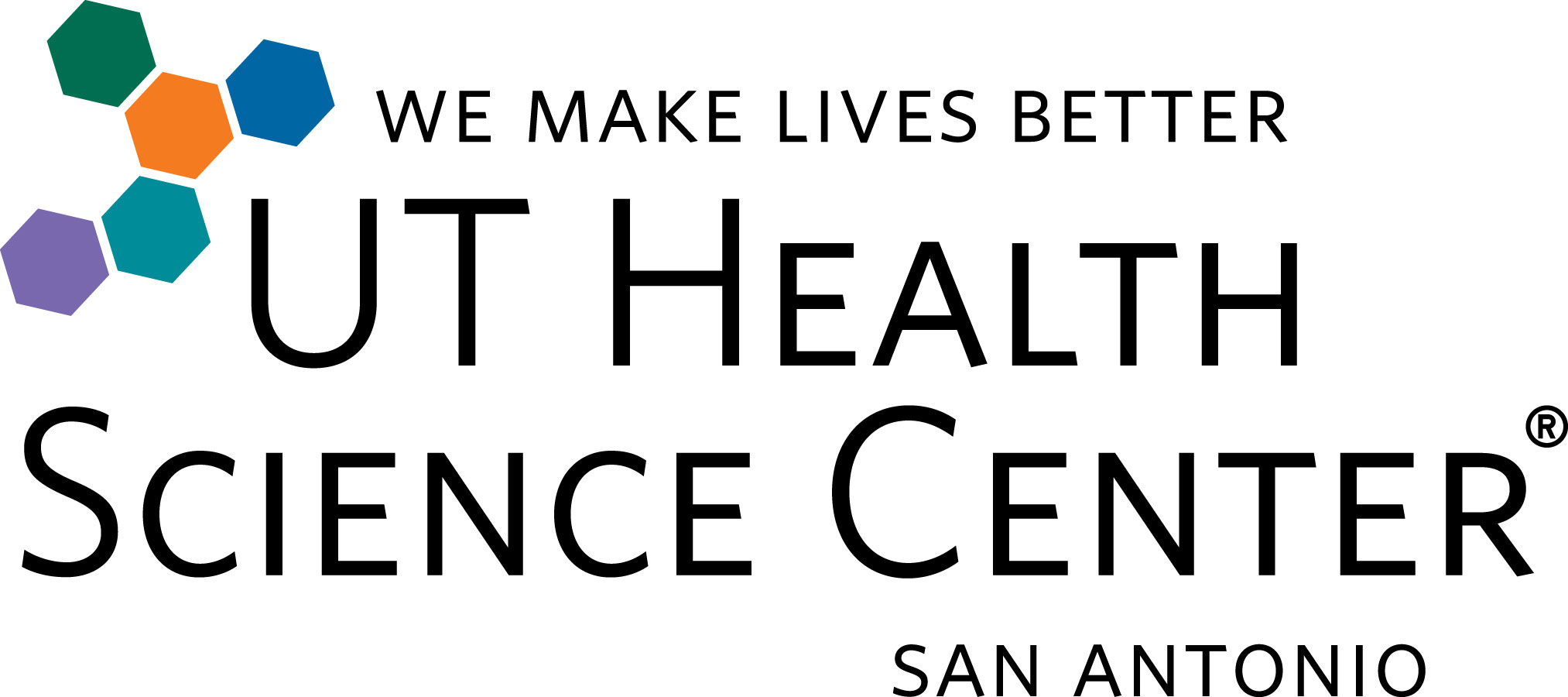Tipifarnib in Treating Patients With Recurrent or Progressive Malignant Glioma
| Status: | Completed |
|---|---|
| Conditions: | Brain Cancer, Brain Cancer, Brain Cancer |
| Therapuetic Areas: | Oncology |
| Healthy: | No |
| Age Range: | 18 - 120 |
| Updated: | 6/28/2018 |
| Start Date: | May 16, 2000 |
| End Date: | August 1, 2006 |
Phase I/II Trial of R115777 in Patients With Recurrent Malignant Glioma
RATIONALE: Tipifarnib may stop the growth of tumor cells by blocking the enzymes necessary
for tumor cell growth.
PURPOSE: Phase II trial to study the effectiveness of tipifarnib in treating patients who
have recurrent or progressive malignant glioma.
for tumor cell growth.
PURPOSE: Phase II trial to study the effectiveness of tipifarnib in treating patients who
have recurrent or progressive malignant glioma.
OBJECTIVES:
- Determine the maximum tolerated dose of tipifarnib in patients with recurrent or
progressive malignant glioma receiving enzyme-inducing antiepileptic drugs. (Stratum II
in the phase I portion of this study closed to accrual effective 07/16/2001.) (Phase I
completed effective 10/2/2001.) (Phase II open only to patients requiring resection and
who provide surgical tissue samples [effective 3/13/2003].)
- Define the safety and pharmacokinetic profile of this drug in this patient population.
- Assess for evidence of antitumor activity of this drug in these patients.
- Assess for evidence of inhibition of farnesyl protein transferase (FTase) on peripheral
blood monocytes as a surrogate endpoint of effective biologic activity of this drug in
these patients.
- Determine the efficacy of this drug as measured by 6-month progression-free survival and
objective tumor response in these patients.
- Evaluate further the safety profile of this drug in these patients.
- Correlate treatment response with inhibition of FTase in peripheral blood monocytes in
patients treated with this drug.
OUTLINE: This is a dose-escalation, multicenter study. Patients are stratified according to
their pretreatment medications (not receiving enzyme-inducing antiepileptic drugs [EIAEDs] vs
receiving EIAEDs with or without steroids).
Patients receive oral tipifarnib twice daily on days 1-21. Courses repeat every 4 weeks in
the absence of unacceptable toxicity or disease progression.
- Phase I (completed 10/2/2001): Cohorts of 3-6 patients from stratum II receive
escalating doses of tipifarnib until the maximum tolerated dose (MTD) is determined. The
MTD is defined as the dose preceding that at which 2 of 3 or 2 of 6 patients experience
dose-limiting toxicity. (Stratum II in the phase I portion of this study closed to
accrual effective 07/16/2001.)
- Phase II (open only to patients requiring resection and who provide surgical tissue
samples [effective 3/13/2003]): Once the MTD is determined, additional patients with
glioblastoma multiforme from stratum II are accrued to receive treatment with tipifarnib
at the recommended phase II dose.
Patients are followed every 2 months for 1 year, every 3 months for 1 year, every 4 months
for 1 year, and then every 6 months until progression. Patients are then followed every 4
months thereafter.
PROJECTED ACCRUAL: Approximately 30 patients (15 per stratum) will be accrued for the phase I
portion of this study within 10 months. (Stratum II in the phase I portion of this study
closed to accrual effective 07/16/2001.) (Phase I completed effective 10/2/2001.) A total of
24 patients with glioblastoma multiforme from stratum II will be accrued for the phase II
portion of this study. (Phase II open only to patients requiring resection and who provide
surgical tissue samples [effective 3/13/2003].)
- Determine the maximum tolerated dose of tipifarnib in patients with recurrent or
progressive malignant glioma receiving enzyme-inducing antiepileptic drugs. (Stratum II
in the phase I portion of this study closed to accrual effective 07/16/2001.) (Phase I
completed effective 10/2/2001.) (Phase II open only to patients requiring resection and
who provide surgical tissue samples [effective 3/13/2003].)
- Define the safety and pharmacokinetic profile of this drug in this patient population.
- Assess for evidence of antitumor activity of this drug in these patients.
- Assess for evidence of inhibition of farnesyl protein transferase (FTase) on peripheral
blood monocytes as a surrogate endpoint of effective biologic activity of this drug in
these patients.
- Determine the efficacy of this drug as measured by 6-month progression-free survival and
objective tumor response in these patients.
- Evaluate further the safety profile of this drug in these patients.
- Correlate treatment response with inhibition of FTase in peripheral blood monocytes in
patients treated with this drug.
OUTLINE: This is a dose-escalation, multicenter study. Patients are stratified according to
their pretreatment medications (not receiving enzyme-inducing antiepileptic drugs [EIAEDs] vs
receiving EIAEDs with or without steroids).
Patients receive oral tipifarnib twice daily on days 1-21. Courses repeat every 4 weeks in
the absence of unacceptable toxicity or disease progression.
- Phase I (completed 10/2/2001): Cohorts of 3-6 patients from stratum II receive
escalating doses of tipifarnib until the maximum tolerated dose (MTD) is determined. The
MTD is defined as the dose preceding that at which 2 of 3 or 2 of 6 patients experience
dose-limiting toxicity. (Stratum II in the phase I portion of this study closed to
accrual effective 07/16/2001.)
- Phase II (open only to patients requiring resection and who provide surgical tissue
samples [effective 3/13/2003]): Once the MTD is determined, additional patients with
glioblastoma multiforme from stratum II are accrued to receive treatment with tipifarnib
at the recommended phase II dose.
Patients are followed every 2 months for 1 year, every 3 months for 1 year, every 4 months
for 1 year, and then every 6 months until progression. Patients are then followed every 4
months thereafter.
PROJECTED ACCRUAL: Approximately 30 patients (15 per stratum) will be accrued for the phase I
portion of this study within 10 months. (Stratum II in the phase I portion of this study
closed to accrual effective 07/16/2001.) (Phase I completed effective 10/2/2001.) A total of
24 patients with glioblastoma multiforme from stratum II will be accrued for the phase II
portion of this study. (Phase II open only to patients requiring resection and who provide
surgical tissue samples [effective 3/13/2003].)
DISEASE CHARACTERISTICS:
- Histologically confirmed intracranial primary malignant glioma
- Glioblastoma multiforme
- Anaplastic astrocytoma*
- Anaplastic oligodendroglioma*
- Anaplastic mixed oligodendroglioma*
- Malignant astrocytoma (not otherwise specified)* NOTE: *Closed to accrual
effective 5/28/2002
- Progressive or recurrent disease confirmed by MRI or CT scan within the past 14 days
- Stable steroid dose for at least 5-7 days
- Confirmation of true progressive disease by PET scan, thallium scan, MR
spectroscopy, or surgery if prior therapy included interstitial brachytherapy or
stereotactic radiosurgery
- Failed prior radiotherapy
- Phase I (phase I completed effective 10/2/2001): No more than 2 prior chemotherapy or
cytotoxic regimens, including 1 prior adjuvant therapy and 1 prior regimen for
progressive or recurrent disease, or 2 prior regimens for progressive disease
- Phase II (phase II open only to patients requiring resection and who provide surgical
tissue samples [effective 3/13/2003]): No more than 2 prior chemotherapy or cytotoxic
regimens for relapsed disease following initial therapy (radiotherapy with or without
chemotherapy)
- Prior surgical resection for relapsed disease with no anticancer therapy for up
to 12 weeks followed by another surgical resection is considered 1 relapse
- Patients who received prior therapy for a low-grade glioma with a surgical
diagnosis of a high-grade glioma are considered to be in first relapse
PATIENT CHARACTERISTICS:
Age:
- 18 and over
Performance status:
- Karnofsky 60-100%
Life expectancy:
- More than 8 weeks
Hematopoietic:
- WBC at least 3,000/mm^3
- Absolute neutrophil count at least 2,000/mm^3
- Platelet count at least 100,000/mm^3
- Hemoglobin at least 10 g/dL (transfusion allowed)
Hepatic:
- Bilirubin no greater than 2.5 times upper limit of normal (ULN)
- SGOT no greater than 2.5 times ULN
Renal:
- Creatinine less than 1.5 mg/dL
Cardiovascular:
- No uncontrolled high blood pressure
- No unstable angina
- No symptomatic congestive heart failure
- No myocardial infarction within the past 6 months
- No serious uncontrolled cardiac arrhythmia
Other:
- Not pregnant or nursing
- Negative pregnancy test
- Fertile patients must use effective contraception
- No severe nonmalignant systemic diseases or active infections
- No other severe concurrent disease that would preclude study therapy
- No allergy to azoles (e.g., ketoconazole, itraconazole, or voriconazole)
- HIV negative
PRIOR CONCURRENT THERAPY:
Biologic therapy:
- At least 1 week since prior interferon
- No concurrent anticancer immunotherapy
- No concurrent routine prophylactic filgrastim (G-CSF) during first course of study
- No concurrent sargramostim (GM-CSF)
Chemotherapy:
- See Disease Characteristics
- At least 4 weeks since prior chemotherapy (6 weeks for nitrosoureas, suramin, or
mitomycin)
- At least 3 weeks since prior procarbazine
- At least 2 weeks since prior vincristine
- No other concurrent anticancer chemotherapy
Endocrine therapy:
- See Disease Characteristics
- At least 1 week since prior tamoxifen
- Concurrent corticosteroids allowed
- No concurrent anticancer hormonal therapy
Radiotherapy:
- See Disease Characteristics
- At least 4 weeks since prior radiotherapy and recovered
- No concurrent anticancer radiotherapy
Surgery:
- See Disease Characteristics
- At least 3 weeks since prior resection and recovered
- Prior recent resection of recurrent or progressive tumor allowed
Other:
- Recovered from all prior therapy (excluding neurotoxicity or alopecia)
- Prior radiosensitizers allowed
- Concurrent H2 blockers and antacids allowed provided taken at least 2 hours before and
after tipifarnib
- No concurrent proton pump inhibitors (e.g., omeprazole or lansoprazole)
- No other concurrent medication that would preclude study therapy (e.g.,
immunosuppressive agents)
- No other concurrent anticancer therapy
- No other concurrent investigational drugs
- No concurrent participation in any other clinical study
- No other concurrent medications except analgesics, chronic treatments for concurrent
medical conditions, or agents for life-threatening medical problems
We found this trial at
11
sites
1500 East Medical Center Drive
Ann Arbor, Michigan 48109
Ann Arbor, Michigan 48109
800-865-1125

University of Michigan Comprehensive Cancer Center The U-M Comprehensive Cancer Center's mission is the conquest...
Click here to add this to my saved trials
10833 Le Conte Avenue # 8-950
Los Angeles, California 90095
Los Angeles, California 90095
(310) 825-5268

Jonsson Comprehensive Cancer Center at UCLA In the late 1960s, a group of scientists and...
Click here to add this to my saved trials
4502 Medical Drive
San Antonio, Texas 78284
San Antonio, Texas 78284
(210) 567-7000

University of Texas Health Science Center at San Antonio The University of Texas Health Science...
Click here to add this to my saved trials
Click here to add this to my saved trials
Click here to add this to my saved trials
Dallas, Texas 75390
Click here to add this to my saved trials
1515 Holcombe Blvd
Houston, Texas 77030
Houston, Texas 77030
713-792-2121

University of Texas M.D. Anderson Cancer Center The mission of The University of Texas MD...
Click here to add this to my saved trials
Click here to add this to my saved trials
Memorial Sloan Kettering Cancer Center Memorial Sloan Kettering Cancer Center — the world's oldest and...
Click here to add this to my saved trials
Click here to add this to my saved trials
Click here to add this to my saved trials
